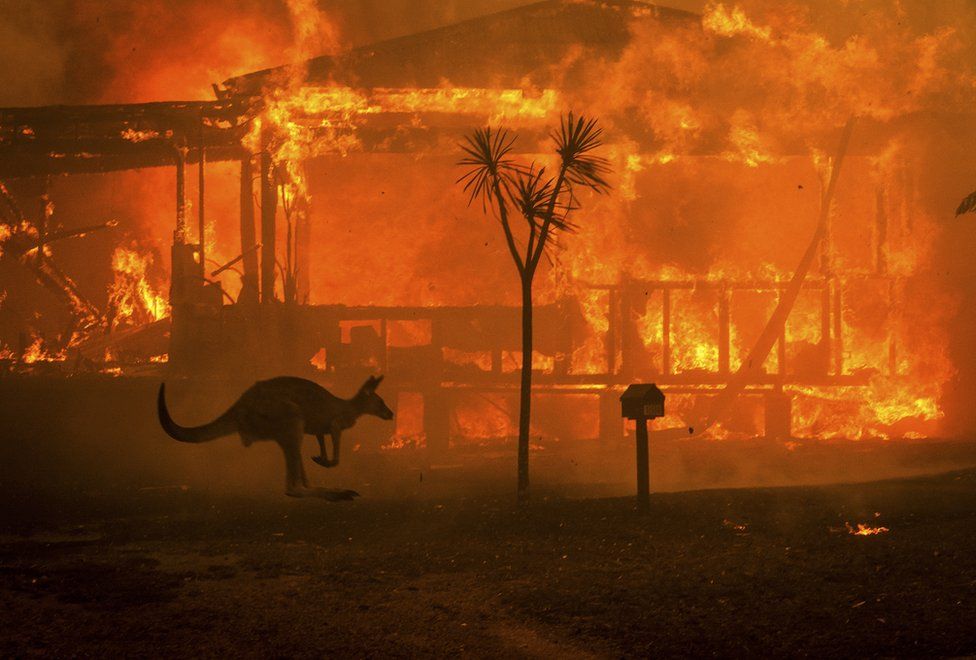Becoming Atlantis: Venice’s floods, Climate Change & Corruption
By Sharon Otasowie, Associate Editor
A fragile treasure built on 118 islands off Italy’s northeast coast, it’s a miracle that Venice has managed to survive and thrive for more than 1,000 years. The city has built a naval and commercial empire and created an immense collection of palaces and churches, full of priceless paintings, to which an estimated 20 million tourists flock to every year.
With the plan of an underwater fortress of steel designed to rise from the depths during high tides to protect the lagoon city of Venice, it’s among the most ambitious works of civil engineering in modern Italian history. But decades after the idea’s formation, Venice remains vulnerable as demonstrated by the tides that engulfed the city last week, flooding piazzas, churches, and hotels, leaving layers of salt in its wake to slowly eat away at the marble found across the city.
Venice routinely floods, especially when the tides are at their highest. Most of the time, the local folklore of the “acqua alta” (“the high water”) carries joy as the piazza fills with water, kids splash around, and tourists are amused as they don their rubber waterproof boots. This time around, no joy was experienced but hopelessness, as Venice suffered the worst flooding, they had seen in half a century. There’s nothing inevitable about the increased frequency of these floods and the failings of the Italian state to protect Venice. With about 85% of Venice under water, measuring at 187 centimeters (6 feet and 1 inch) it’s obvious the climate is changing. Man-made climate change is, of course, the main culprit. But so, too, is the bureaucracy and corruption that are undermining the preservation of one of the world’s most stunning artistic landmarks. Id. at Bloomberg.
In the wake of the waves, two people have died, and more flooding may be on the way as high winds continue. Pictures of Venice began to surface as we saw waterbuses sunk and tossed on land; gondolas stacked on top of each other and streets people used to walk down, now invaded by water taxis. Schools and universities have closed, and sanitation workers are working round the clock. Countless people have taken to the streets to help pick up debris and help their neighbors. Even in the resilience, there is rage and resentment. Everyone wants to know about Mose, the project to build a barrier at sea to defend Venice from the threat of high tides. This project, estimated at $6.1 billion, began in 2003 but remains unfinished entangled with corruption and overrun costs. Id.at Bloomberg.
The flooding is all but a natural disaster, caused by the haphazard tampering with an ecosystem nurtured by Venice for centuries—the impact of the cruise ships, threatening new invasive excavations of the lagoon and the greedy investment in tourism. Moreover, Italy’s political class needs to take a hard look at itself over Mose’s failings as nobody comes out of this as a winner. In recent years, Venice has been run mainly by the left, while the Veneto region in which it sits is a stronghold of the right. All political parties have contributed to the slowing down of this project. Id.
This week’s floods won’t be the last. As water levels rise around the world, we must act before this gem of world culture is lost and becomes synonymous to the lost city of Atlantis.
References:
Ferdinando Giugliano Venice Floods Are a Sad Tale of Bureaucracy and Corruption, Bloomerg (Nov. 14, 219) available athttps://www.bloomberg.com/opinion/articles/2019-11-14/venice-floods-are-the-result-of-climate-change-and-corruption.
Chico Harlan and Stefano Pitrelli, How Venice’s plan to protect itself from flooding became a disaster in itself, The Washington Post (Nov. 19, 2019) available athttps://www.washingtonpost.com/world/europe/how-venices-plan-to-protect-itself-from-flooding-became-a-disaster-in-itself/2019/11/19/7e1fe494-09a8-11ea-8054-289aef6e38a3_story.html
Elisabetta Povoledo, Venice Flooding Brings City to ‘Its Knees’, The New York Times (Nov. 2019). Available at https://www.nytimes.com/2019/11/13/world/europe/veniceflood.html?action=click&module=RelatedLinks&pgtype=Article.
